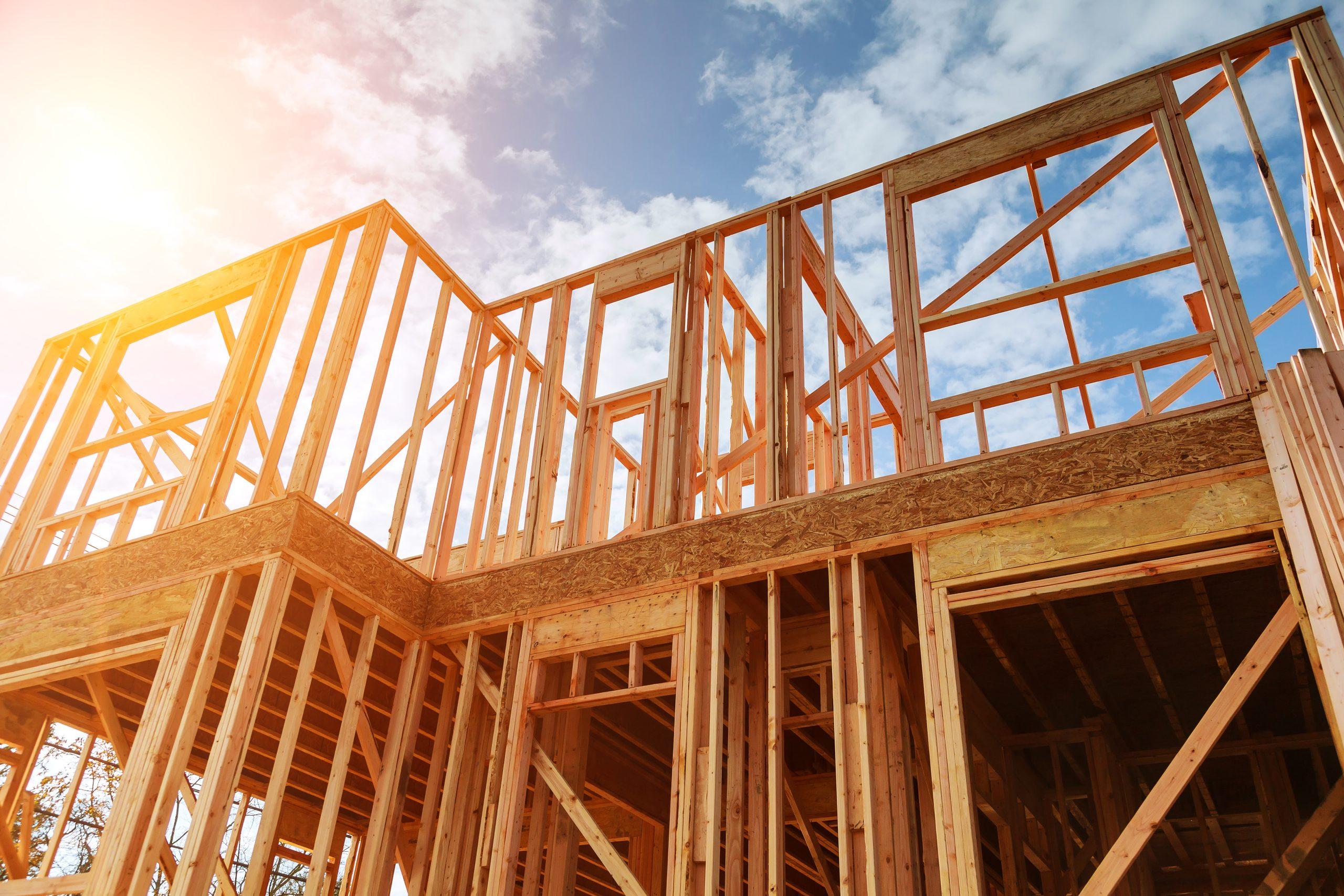
Property development is a booming industry in Melbourne, with many investors and entrepreneurs keen on capitalizing on the city’s rapidly expanding urban landscape. As Melbourne continues to grow, both in population and economic opportunities, the demand for new residential, commercial, and mixed-use developments has skyrocketed. In this article, we’ll explore the key factors driving property development in Melbourne, how private lending is shaping the sector, and what the future holds for Melbourne’s construction industry.
Understanding Property Development in Melbourne
Property development in Melbourne refers to the process of purchasing land or properties, renovating, or constructing new buildings to sell or lease for a profit. Over the past decade, the city’s property market has become increasingly dynamic, with developers playing a crucial role in shaping Melbourne’s skyline and urban environment. This transformation is particularly evident in areas undergoing revitalization, such as Docklands, Southbank, and the inner suburbs.
Property development projects in Melbourne can vary in scope, ranging from small-scale residential renovations to large commercial and high-rise projects. One of the primary factors driving the growth of property development is the city’s population increase, combined with the demand for both affordable housing and luxury living spaces. With Melbourne ranked as one of the most livable cities in the world, it continues to attract both local and international investment.
The Role of Private Lending in Property Development
Financing a property development project can often be one of the biggest hurdles that developers face. Traditional banks and financial institutions typically require a large amount of upfront capital, making it difficult for smaller developers or investors to enter the market. This is where private lending comes into play.
Private lending refers to funds lent to property developers by individuals or non-bank financial institutions. Unlike traditional banks, private lending offers more flexible terms and quicker approval processes, making it an attractive option for developers. It provides quick access to capital, which can be crucial for developers looking to take advantage of lucrative opportunities in the fast-moving Melbourne market.
Private lenders typically focus on short-term loans, which are ideal for property developers who need fast access to funds for land acquisition, construction costs, or project completion. The flexibility of private lending also allows for tailored loan terms, which is particularly useful when dealing with complex or large-scale projects that require quick execution. Developers who utilize private lending often gain a competitive edge, enabling them to secure prime properties or complete projects faster than their competitors who rely on traditional financing options.
The Impact of Melbourne’s Construction Boom
Melbourne’s construction industry has witnessed significant growth over the past few years, driven largely by the demand for residential and commercial properties. This surge in construction activity has resulted in an increased number of job opportunities, a rise in construction material demand, and the development of state-of-the-art infrastructure projects. The city’s urban renewal initiatives, such as the Melbourne Metro Tunnel and West Gate Tunnel, have also played a key role in stimulating growth in the Melbourne’s construction sector.
In particular, Melbourne’s construction industry has been at the forefront of technological innovation, with new building materials and construction techniques reshaping the way properties are developed. Green building practices have become more common, with developers and construction companies focusing on energy efficiency, sustainability, and reduced carbon footprints. This shift is not only in response to government regulations but also because of growing consumer demand for eco-friendly homes and office spaces.
The high demand for new properties is expected to continue driving growth in the Melbourne’s construction industry, as the city works to accommodate its growing population. The increasing number of high-rise buildings, apartment complexes, and commercial offices is transforming Melbourne’s skyline, making it a bustling metropolis.
The Future of Property Development in Melbourne
Looking ahead, property development in Melbourne is expected to remain strong, despite potential challenges such as economic fluctuations and policy changes. However, there are a few factors that developers should keep in mind as they plan their projects for the future.
One key consideration is the city’s continued population growth. Melbourne’s population is projected to reach 8 million by 2050, which will drive even more demand for housing and commercial spaces. Developers will need to ensure that new projects are well-positioned to meet this demand while also considering sustainability and long-term livability.
Another critical aspect of future development is the ongoing role of private lending in property financing. As traditional bank lending conditions become more stringent, the demand for flexible, alternative financing options will only grow. Private lending is likely to remain an essential tool for property developers looking to maximize their returns and speed up project completion timelines.
Finally, Melbourne’s construction industry will continue to evolve, with more emphasis on sustainability and technological advancements. Developers and contractors will need to stay ahead of the curve by adopting innovative building techniques and eco-friendly designs.
Conclusion
In summary, property development in Melbourne is thriving, fueled by a growing population, strong economic fundamentals, and an ever-evolving construction industry. With the support of flexible financing options like private lending, developers can continue to meet the demands of the city’s expanding population. The future of Melbourne’s construction industry looks bright, with new opportunities for developers to create sustainable, innovative projects that will shape the city’s urban landscape for years to come.





Leave a Reply